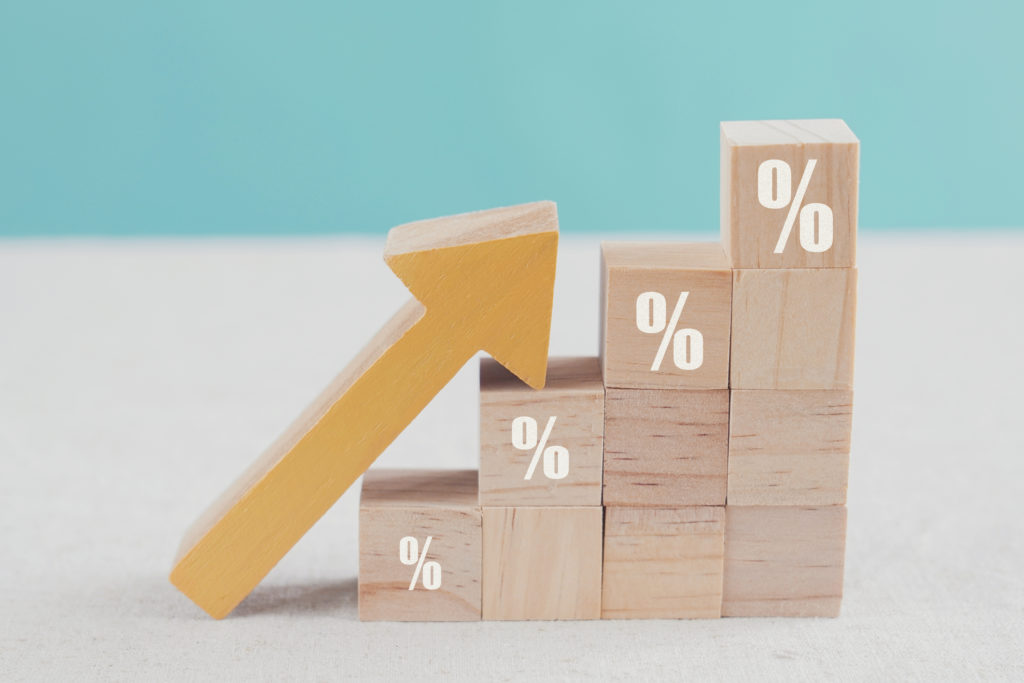 Anton Roberts, Commercial & Transformation Director at TotalEnergies Gas & Power, talks about the impacts of recent inflationary rises on non-commodity costs, and therefore energy bills.
Anton Roberts, Commercial & Transformation Director at TotalEnergies Gas & Power, talks about the impacts of recent inflationary rises on non-commodity costs, and therefore energy bills.
What are non-commodity costs?
Your energy bill is composed of several elements in addition to the cost of energy, with a significant proportion known as ‘non-commodity costs’. These, as the name suggests, are any additional costs of supply over and above the cost of purchasing power or gas from the wholesale market. These include network charges such as distribution and transportation, as well as environmental levies and taxes set by the government.
Consumers tend to hear less about non-commodity costs, but they make up an increasingly large proportion of energy bills due to the introduction of large-scale renewable subsidies to help drive towards decarbonising energy and the ambitious goal of Net Zero. Alongside this, network and balancing costs have increased due to the growing impact of new sources of energy generation.
Many of these schemes have a fixed cost, so if consumption falls, for example due to Covid lockdowns, energy efficiency drives or economic slowdown, the amount we all pay per unit increases.
 Cost of living crisis and inflation
Cost of living crisis and inflation
The energy market has been extremely volatile recently due to well-publicised world events that have impacted both the wholesale price of energy and non-commodity costs.
Lockdowns, supply crunches and now war in Ukraine have also fed through to the wider economy, fuelling a cost-of-living crisis which is being felt across the UK. Subsequent price increases across a range of goods and services are causing significant increases in inflation.
The chart below provides more detail on the Consumer Price Index (CPI), showing the March 2022 forecast and recent changes to the Government forecast of inflation:

Inflation was consistently low in recent years, but recent external and geopolitical factors have dramatically disrupted this stability. In 2021 we experienced an increasing rate of inflation that is continuing to climb into 2022 and is not forecast to return to pre-crisis levels until the latter part of 2023 – with no guarantee that this will happen. Inflation is likely to reach levels not seen since the early 1990s, with the Bank of England predicting that it could reach 10% by the end of this year.
How will the rising rate of inflation impact non-commodity costs?

Non-commodity costs are indexed to inflation, to ensure network owner or generators’ income increases to reflect any increases in inflation.
The recent increases in Feed in Tariff (FiT), Renewable Obligation (RO) and Contracts for Difference for 2022/23 reflect a higher rate of inflation than historic forecasts.
The Feed in Tariff prices paid to generators are adjusted by Ofgem each year using the (Retail Price Index) RPI rate published in the January before the start of the financial year in April. This was 7.5% in 2022 and is forecast to be even higher in January 2023.
The Renewable Obligation Buy Out Price for supplier payments and Renewables Obligation Certificates (ROCs) paid to generators are determined each year using the calendar average of RPI, therefore the 2022 outturn for RPI is likely to further increase scheme costs in 2023/24.
Contracts for Difference (CfD Obligation) uses a complex CPI adjustment that also factors in BSUoS (Balancing Services Use of System charges) rates and network losses, which is applied to each generators’ agreed payment prices each year – resulting in an increase in expected prices for 2022/23.
Network Costs – Electricity and gas network owners use a blend of CPiH (CPI + Housing costs) and RPI to adjust their yearly allowed revenues collections. These were originally set at 2018/19 prices; and these network revenues and rates will rise and fall depending on this inflation input.
Alongside a rising and fluctuating commodity market, the increases in non-commodity costs create an extremely challenging environment for suppliers and customers alike, which means that in the short-term we are all going to have to pay more. Unfortunately, this increase looks set to continue into the future. Certainly, since I joined the industry in the early 2000’s this is the most challenging market that I’ve witnessed.
If you are an existing TotalEnergies Gas & Power customer and you would like to discuss these issues, then please don’t hesitate to get in touch.
Also don’t forget we produce both electricity and gas non-commodity reports which provide more information. You can subscribe to these reports by clicking here.



